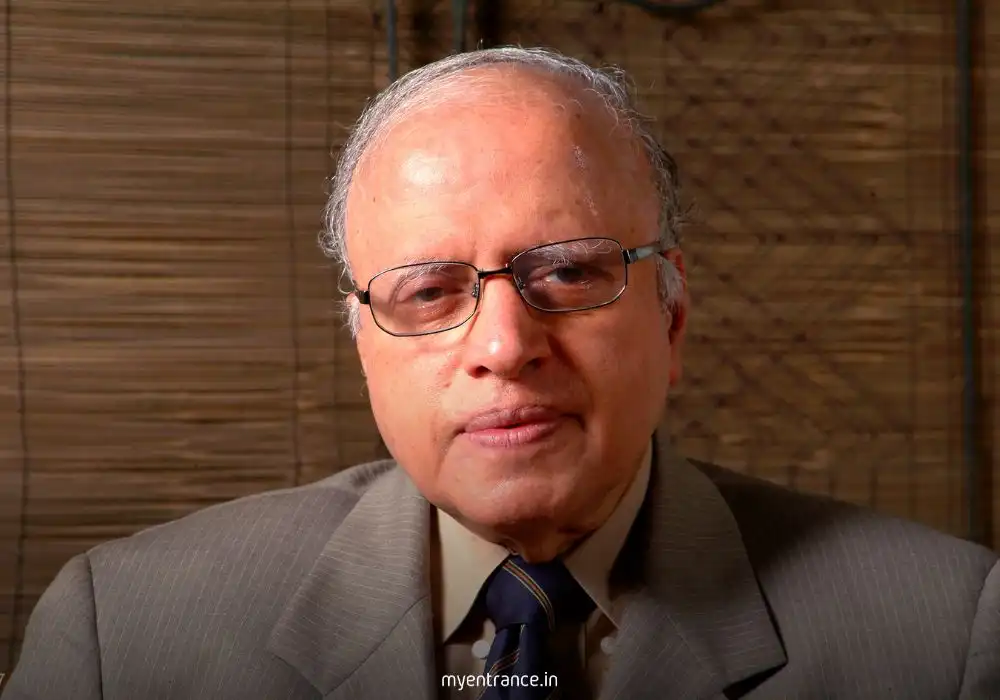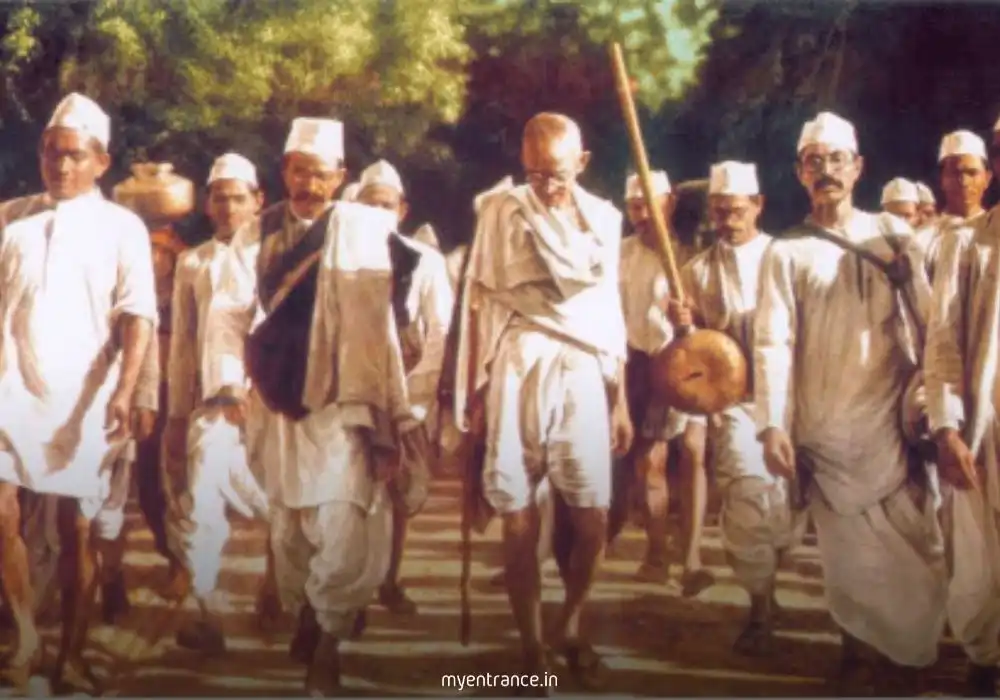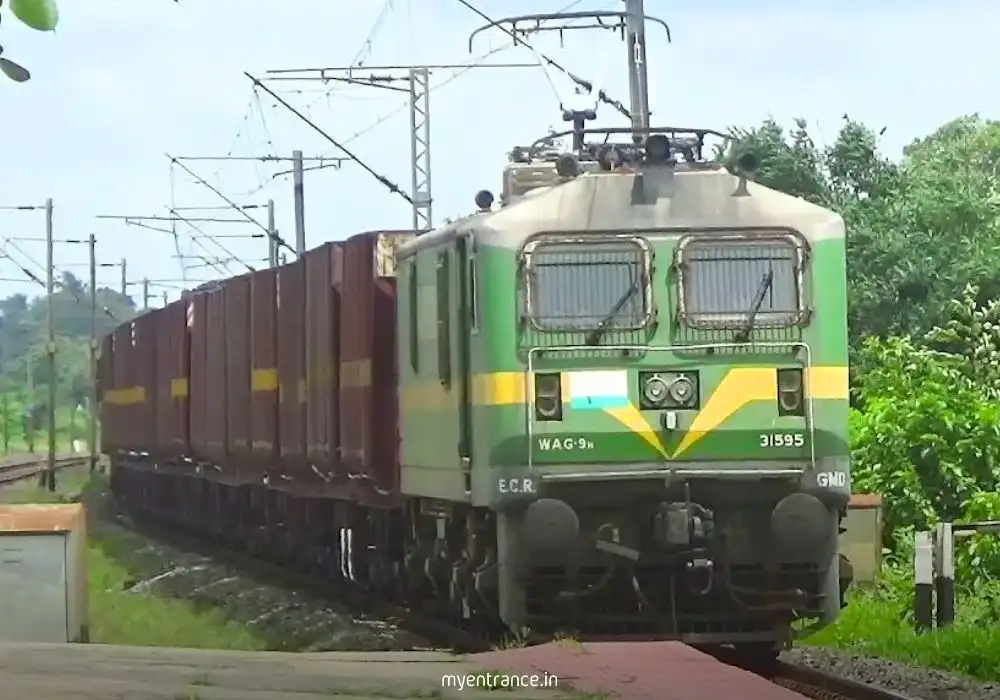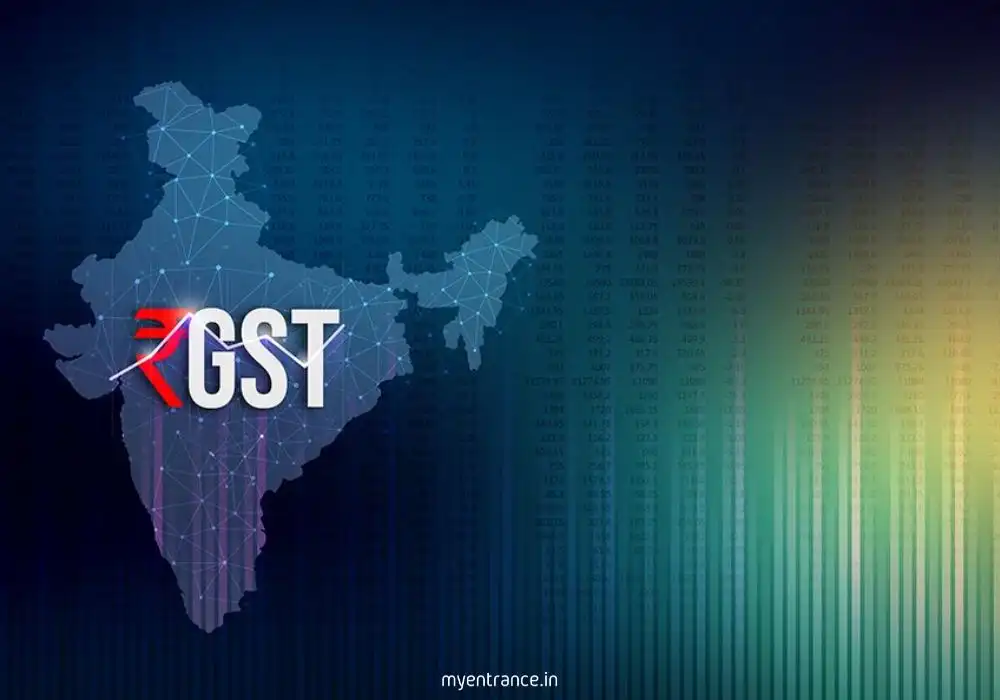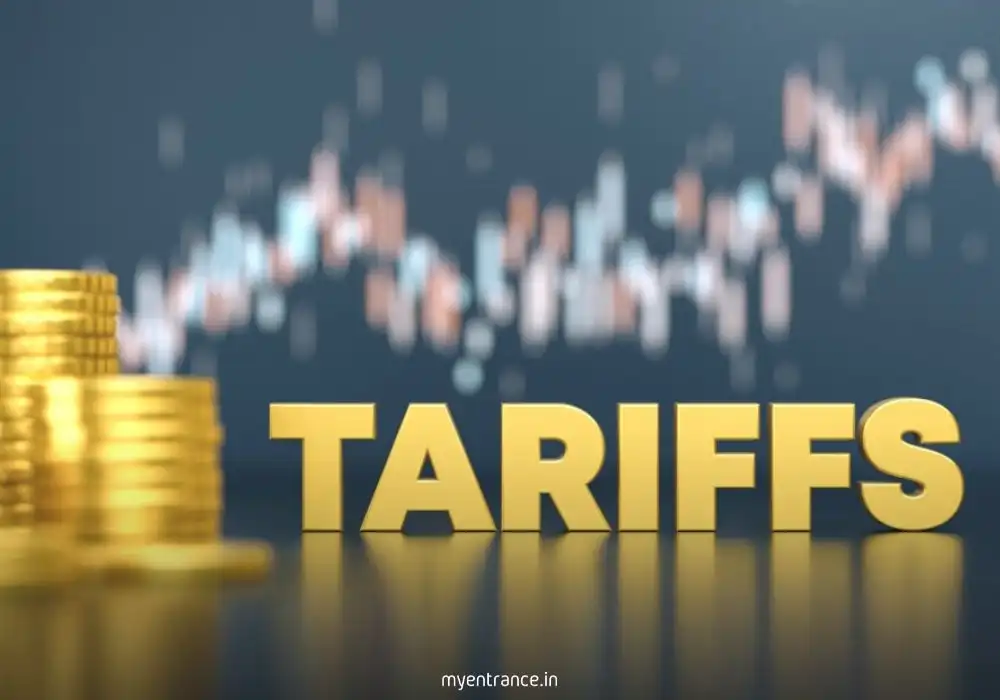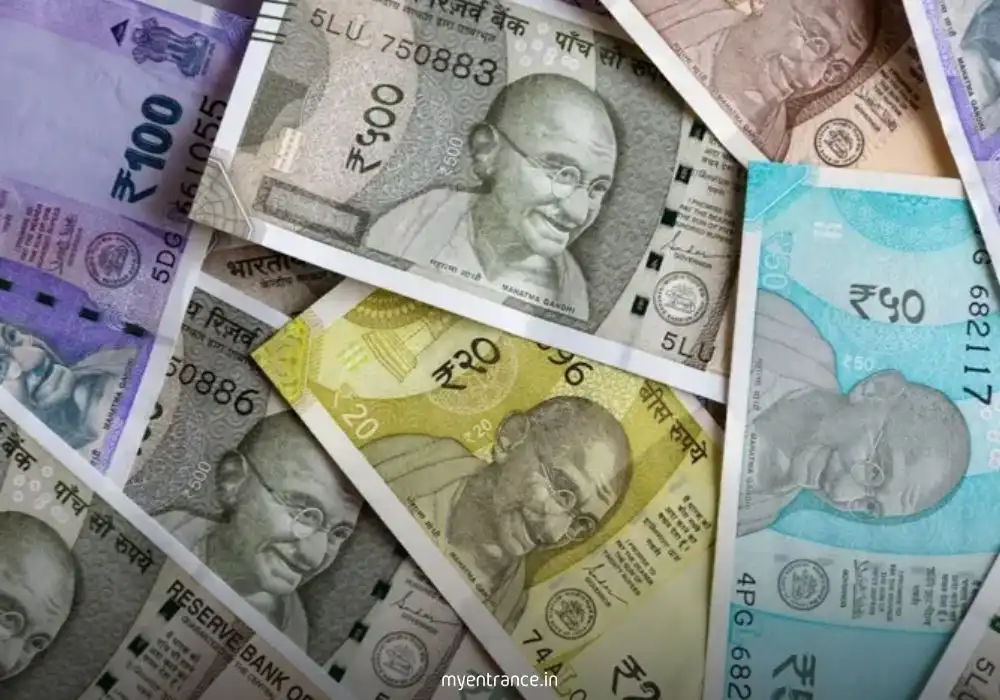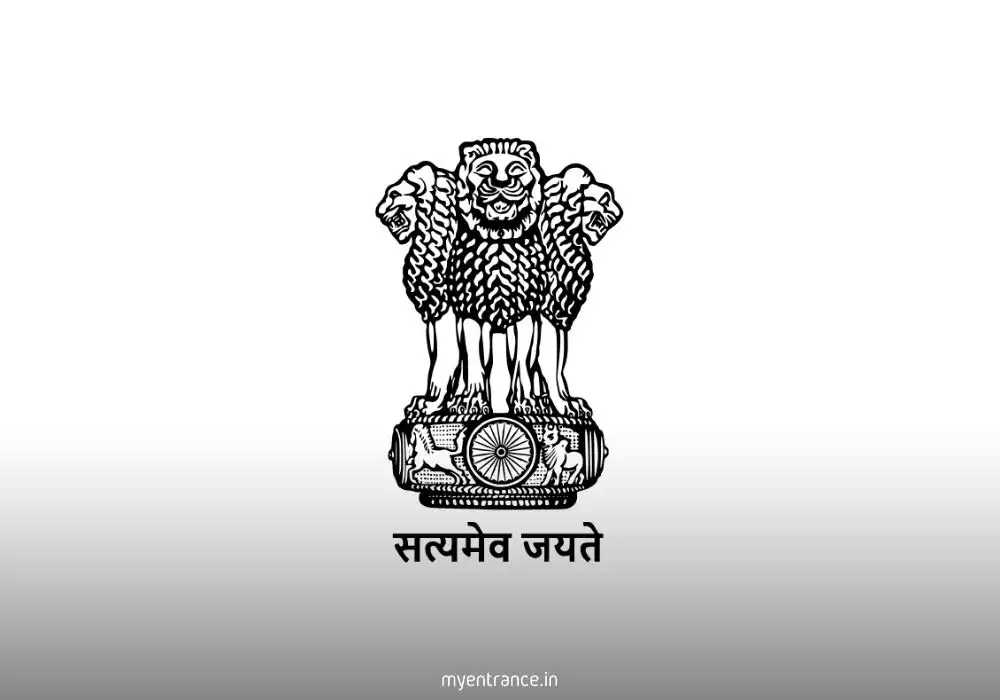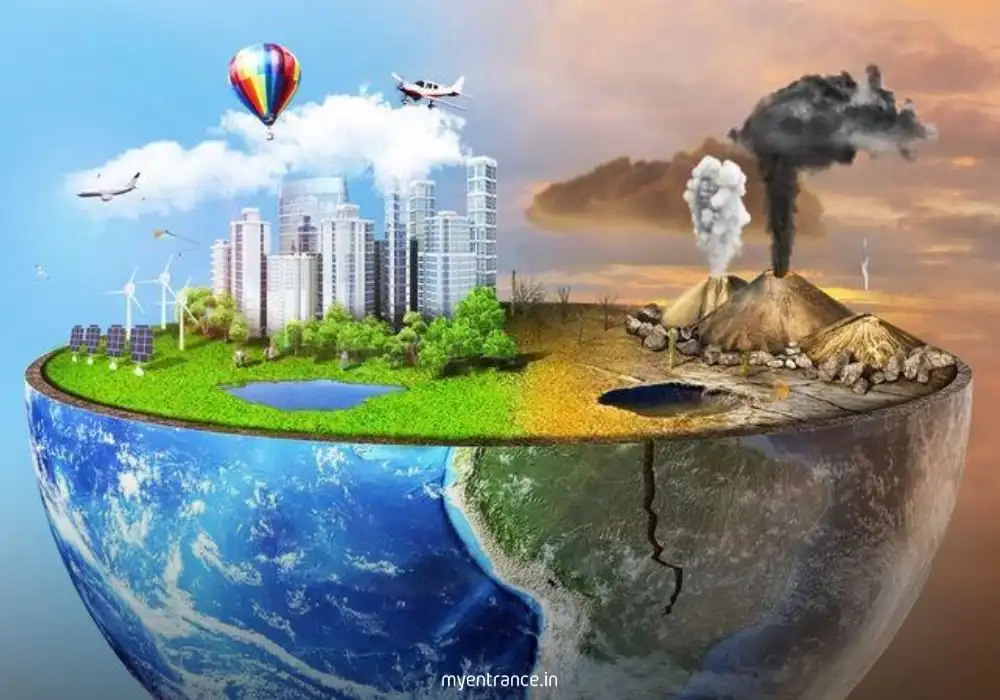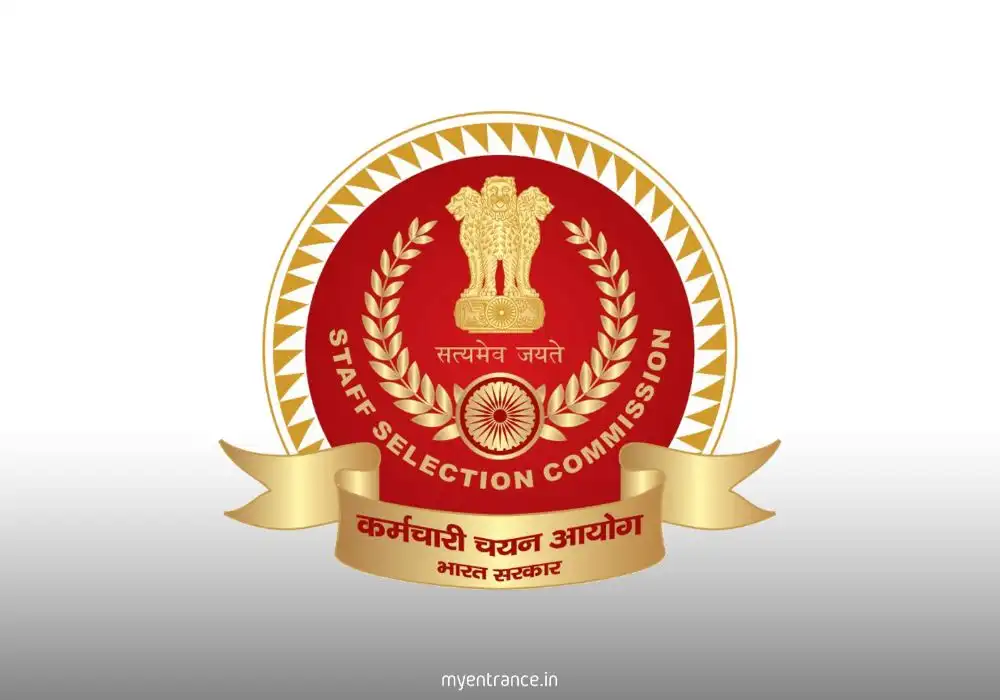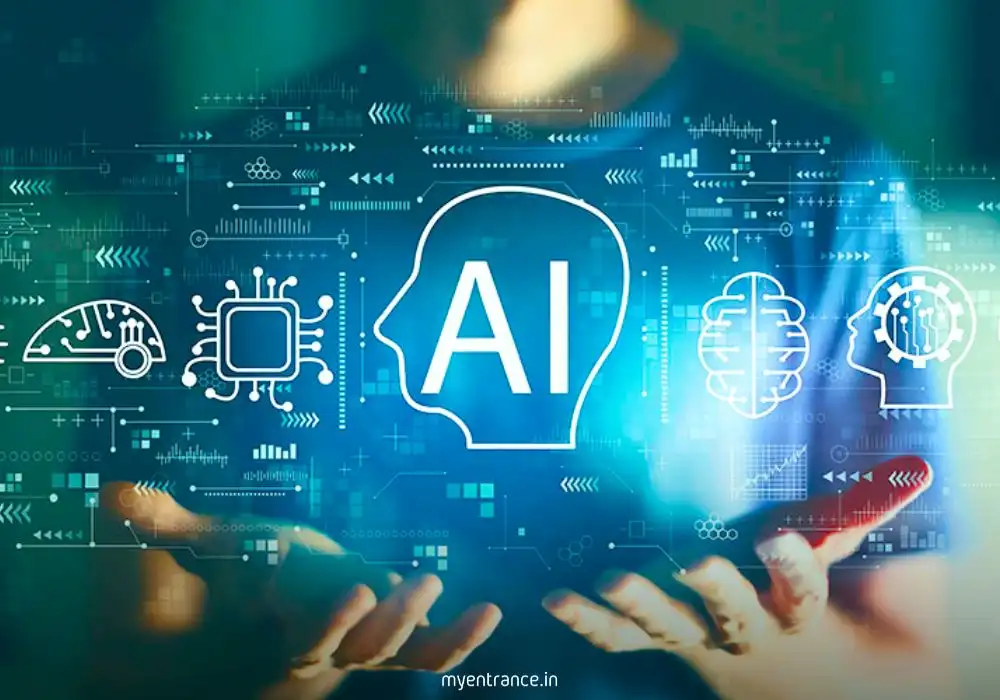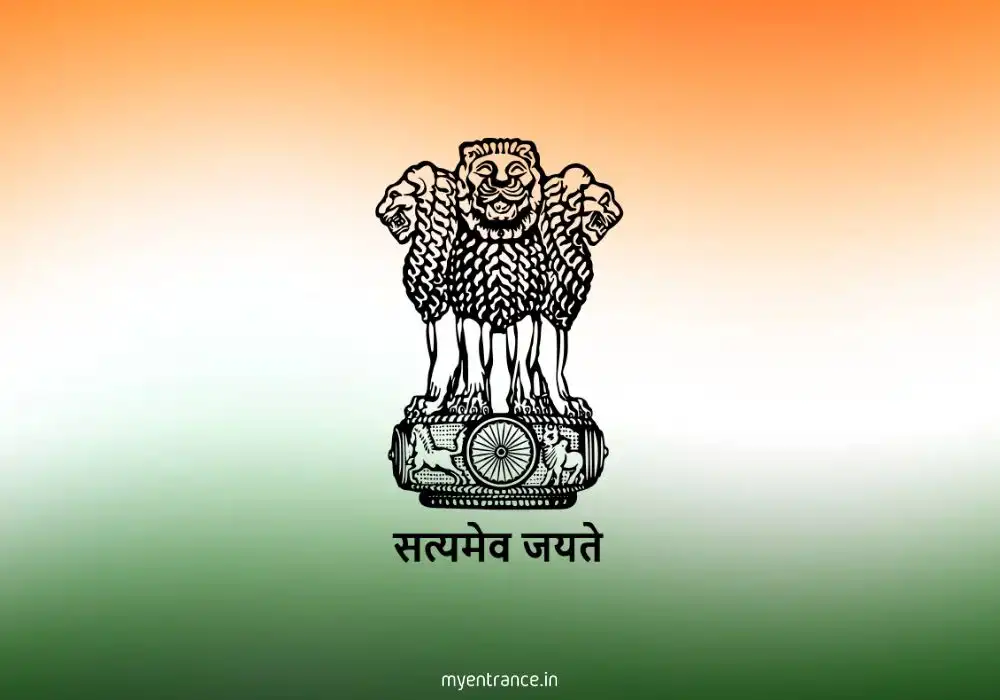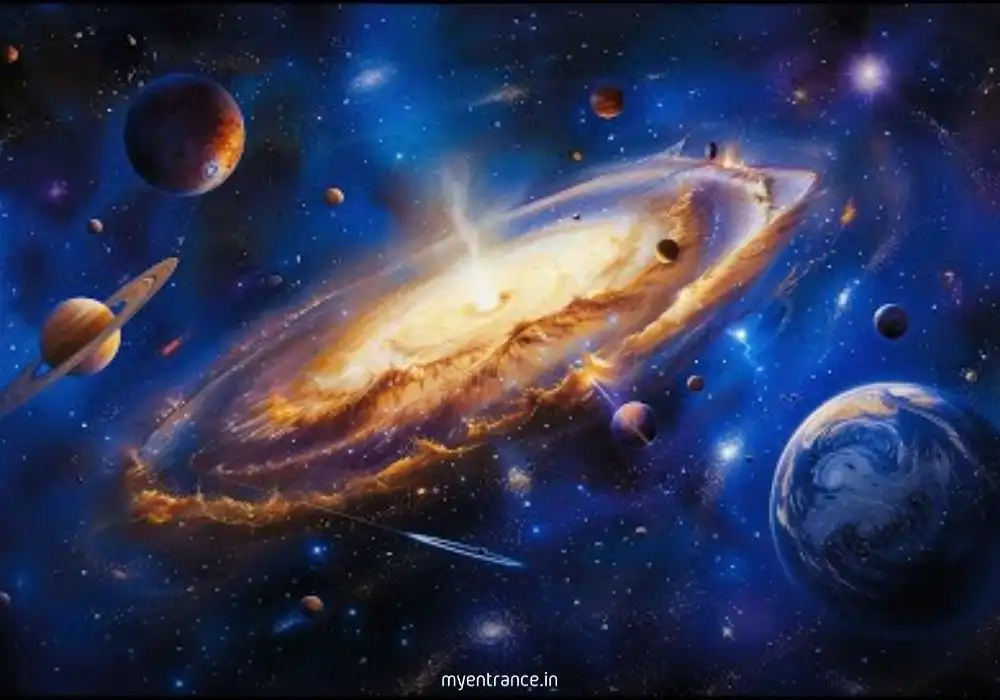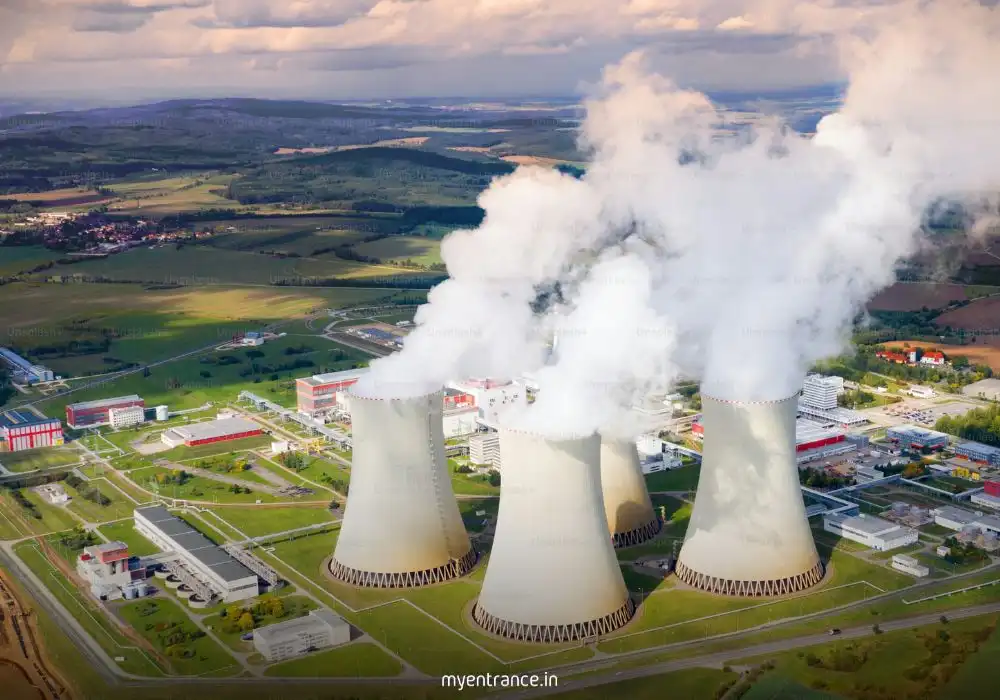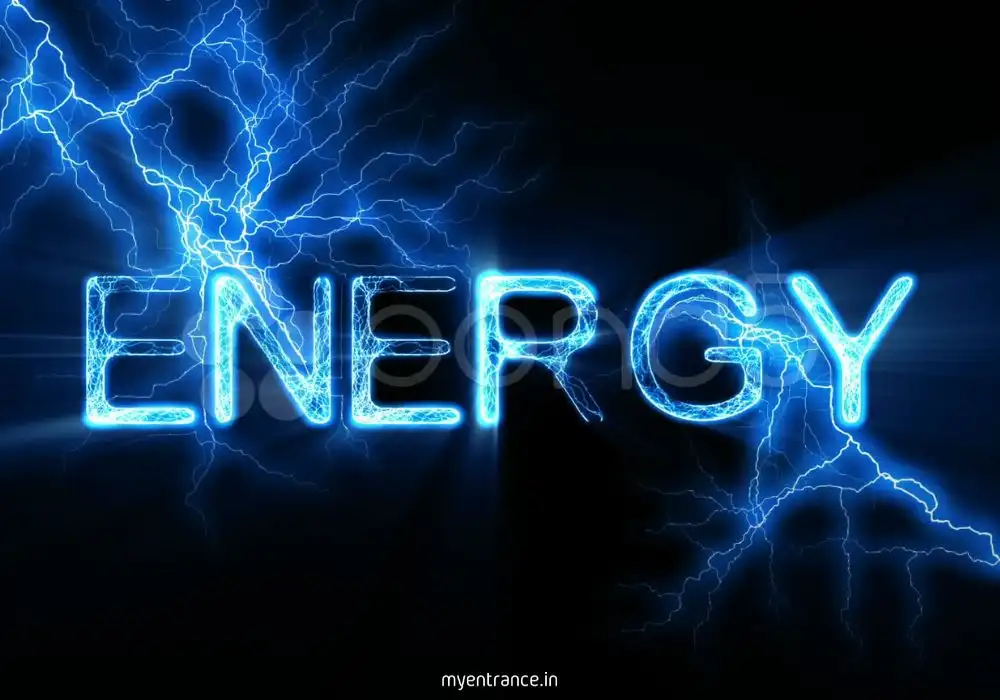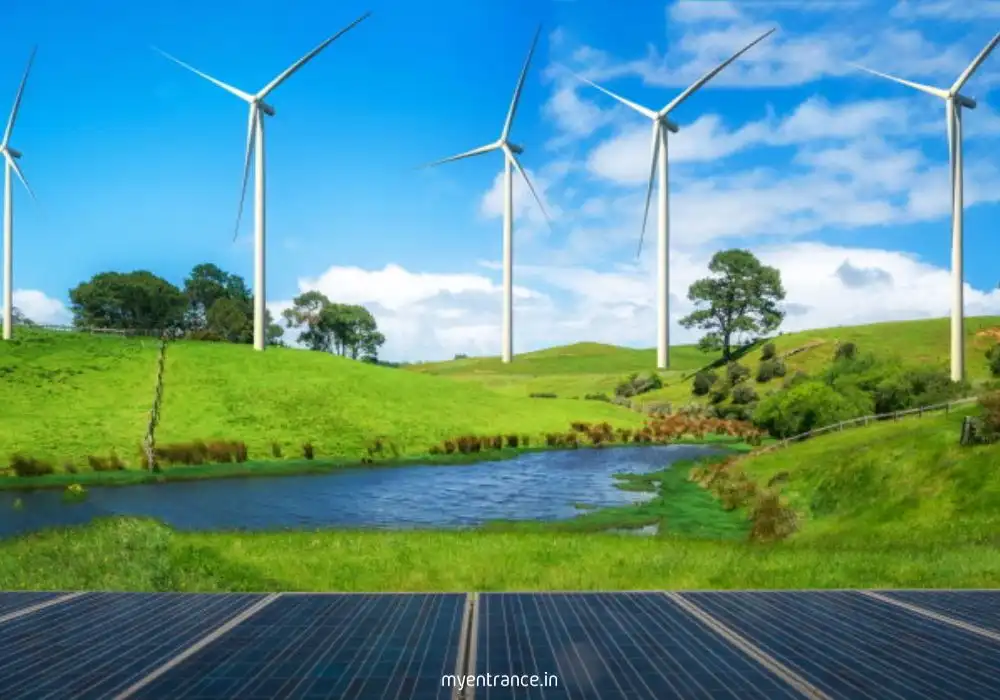Translate Language
Narendra Modi Biography: Early Life, Political Career, PM Tenure & Key Policies
Narendra Modi, one of India’s most influential leaders, has shaped the country’s political and economic landscape since becoming Prime Minister in 2014. Known for his dynamic leadership, development-centric policies, and strong diplomatic engagements, Modi’s journey from a tea-seller’s son to the highest office in India is nothing short of extraordinary. This article provides a fact-checked, in-depth look at his life, political career, major initiatives, and controversies—essential knowledge for competitive exam aspirants.
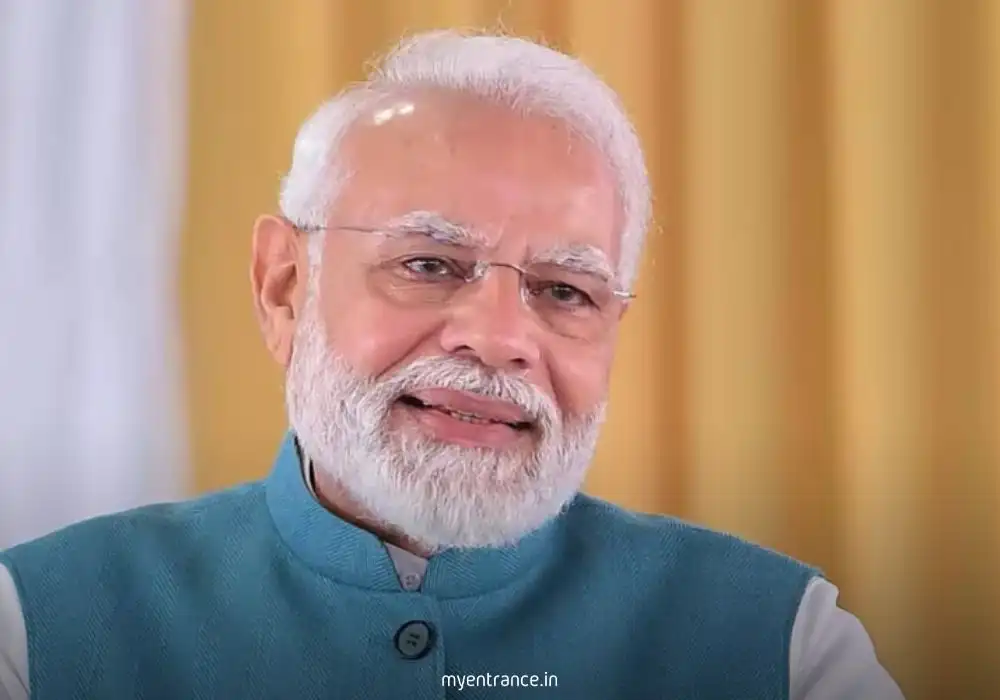
About Narendra Modi – A Comprehensive Overview
Early Life and Education
Born on September 17, 1950, in Vadnagar, Gujarat, Narendra Damodardas Modi grew up in a modest family. His father ran a tea stall, where young Modi often helped. Despite financial constraints, he completed his schooling in Vadnagar and later earned:
A Bachelor’s degree in Political Science from Delhi University (via distance education).
A Master’s degree in Political Science from Gujarat University.
His early years were marked by discipline, a keen interest in debates, and an association with the Rashtriya Swayamsevak Sangh (RSS), which shaped his political ideology.
Political Journey
Modi’s political career took off with his active role in the RSS and BJP:
Joined RSS at a young age and became a full-time pracharak (campaigner).
Played a crucial role in strengthening the BJP in Gujarat during the 1980s.
Became the Chief Minister of Gujarat in 2001 after the Bhuj earthquake and served for 13 years, making him the longest-serving CM of the state.
Key Achievements as Gujarat CM
Economic Growth: Gujarat became a leading industrial hub under his leadership.
Infrastructure Development: Improved roads, electricity, and digital governance.
Controversies: The 2002 Gujarat riots remain a contentious issue, though investigations did not find direct evidence against him.
Prime Ministership (2014-Present)
Modi led the BJP to a historic victory in 2014 and was re-elected in 2019 with an even larger mandate. His tenure introduced transformative policies:
Major Initiatives:
Swachh Bharat Abhiyan – A nationwide cleanliness drive.
Make in India – Boosting domestic manufacturing.
Digital India – Enhancing digital infrastructure.
GST Implementation (2017) – Unified tax system.
Demonetization (2016) – Curbing black money.
Article 370 Abrogation (2019) – Revoking Jammu & Kashmir’s special status.
PM Jan Dhan Yojana – Financial inclusion for the underprivileged.
Global Diplomacy & Leadership
Modi has been a globetrotter PM, strengthening ties with the US, Japan, Australia, and Israel. Key highlights:
Spearheaded International Yoga Day (recognized by the UN in 2014).
Played a pivotal role in Quad Alliance (India, US, Japan, Australia).
Advocated for renewable energy through the International Solar Alliance.
Criticisms & Challenges
Despite his achievements, Modi’s government has faced criticism over:
Handling of COVID-19 (especially the second wave in 2021).
Farm Laws 2020 (later repealed after protests).
CAA-NRC protests and concerns over minority rights.
Personal Life & Leadership Style
Strict vegetarian and teetotaler.
Known for his disciplined lifestyle and powerful oratory skills.
Married to Jashodaben Modi (separated since early years).
Legacy & Influence
Modi’s leadership has redefined Indian politics with a focus on:
Strong nationalism (e.g., Balakot airstrike, Article 370 move).
Digital governance (Aadhaar, UPI, Direct Benefit Transfers).
Infrastructure push (Highways, Bullet Train, Smart Cities).
Questions & Answers for Competitive Exams
1. When was Narendra Modi born?
Answer: September 17, 1950, in Vadnagar, Gujarat.
2. Which major economic reform was introduced in 2017 under Modi’s government?
Answer: Goods and Services Tax (GST).
3. What was the objective of the Swachh Bharat Abhiyan?
Answer: To eliminate open defecation and improve sanitation across India.
4. Which global initiative did Modi propose that was adopted by the UN?
Answer: International Day of Yoga (June 21).
5. What was the significance of the 2016 demonetization move?
Answer: It aimed to curb black money and promote digital transactions by invalidating ₹500 and ₹1000 notes.
Narendra Modi’s journey from a small-town boy to India’s Prime Minister is a testament to resilience and strategic leadership. Whether you’re preparing for UPSC, SSC, PSC, or other exams, understanding his policies, governance style, and impact on India’s growth is crucial. Stay updated with MyEntrance.in for more insightful content on current affairs and exam preparation!
Get 3 Months Free Access for SSC, PSC, NIFT & NID
Boost your exam prep!
Use offer code WELCOME28 to get 3 months free subscription. Start preparing today!
